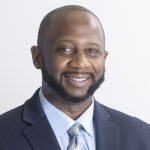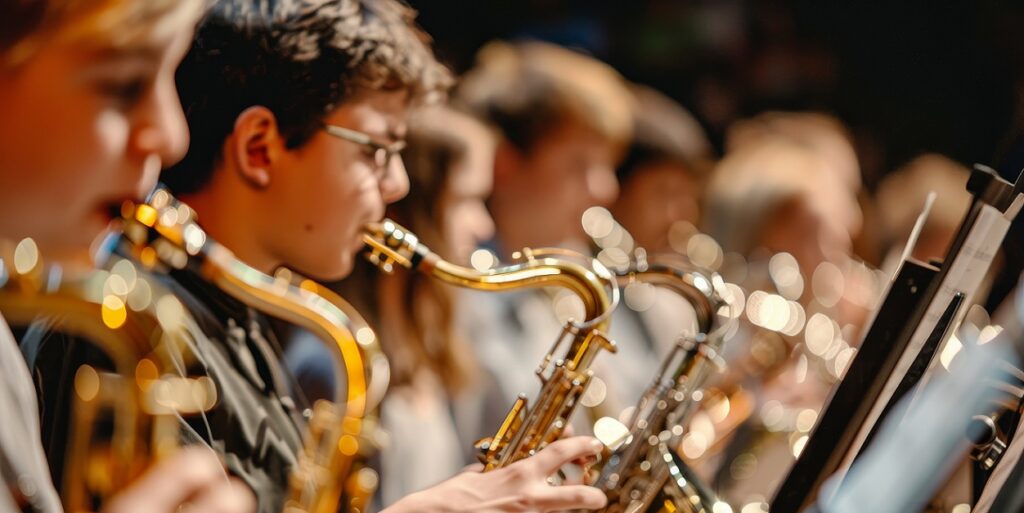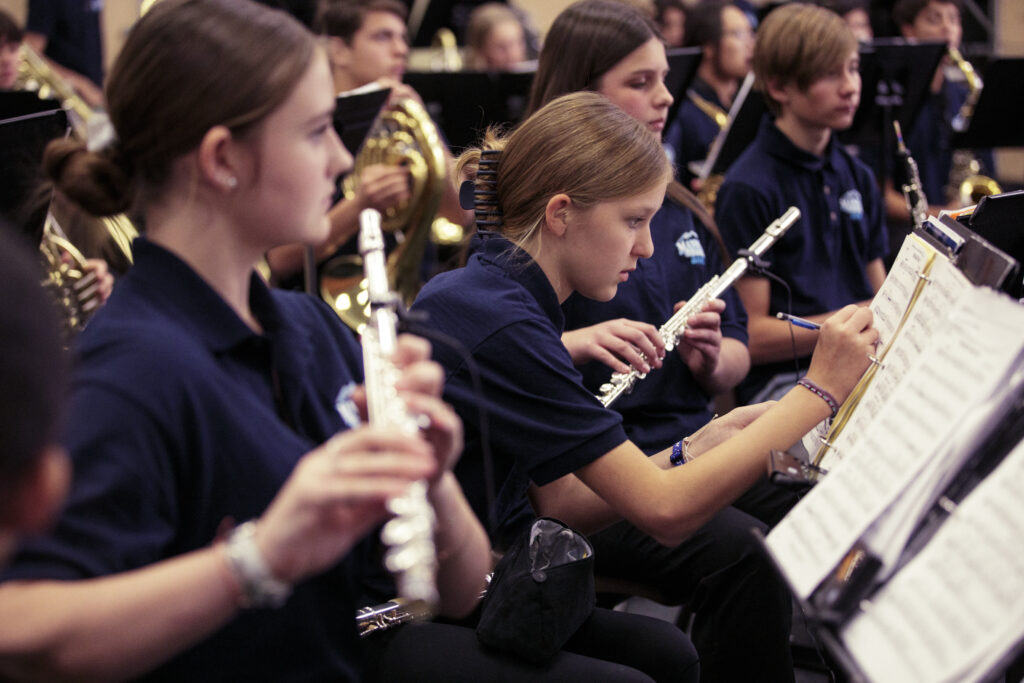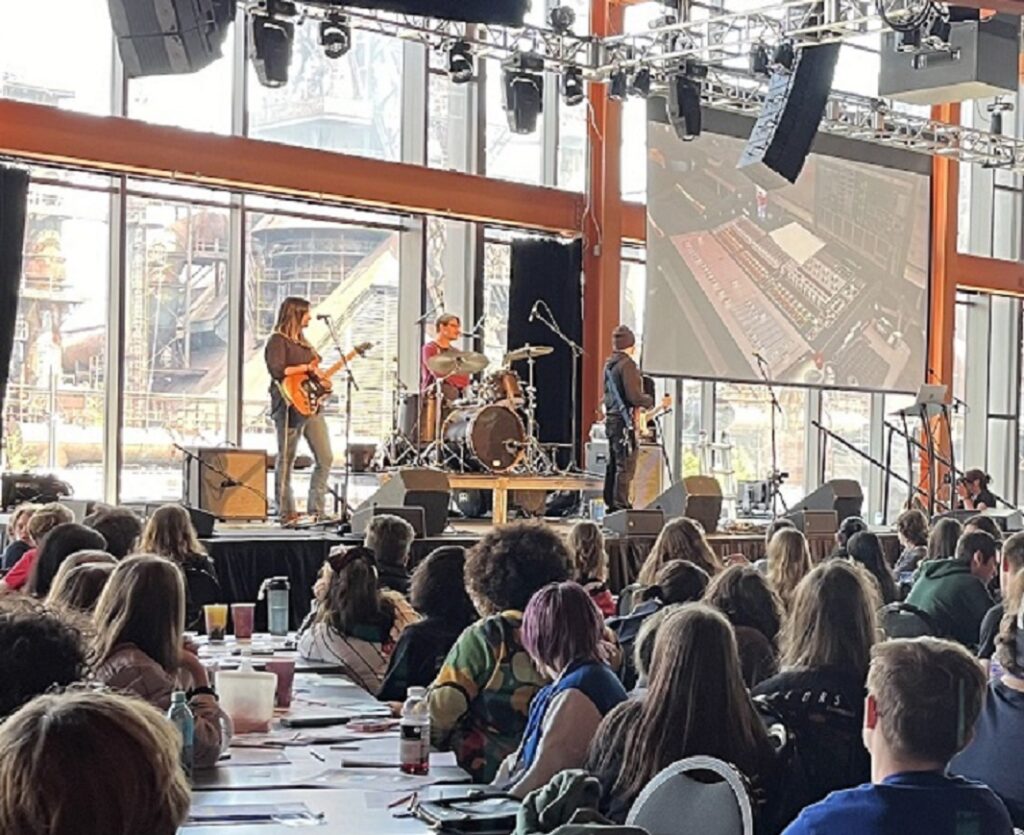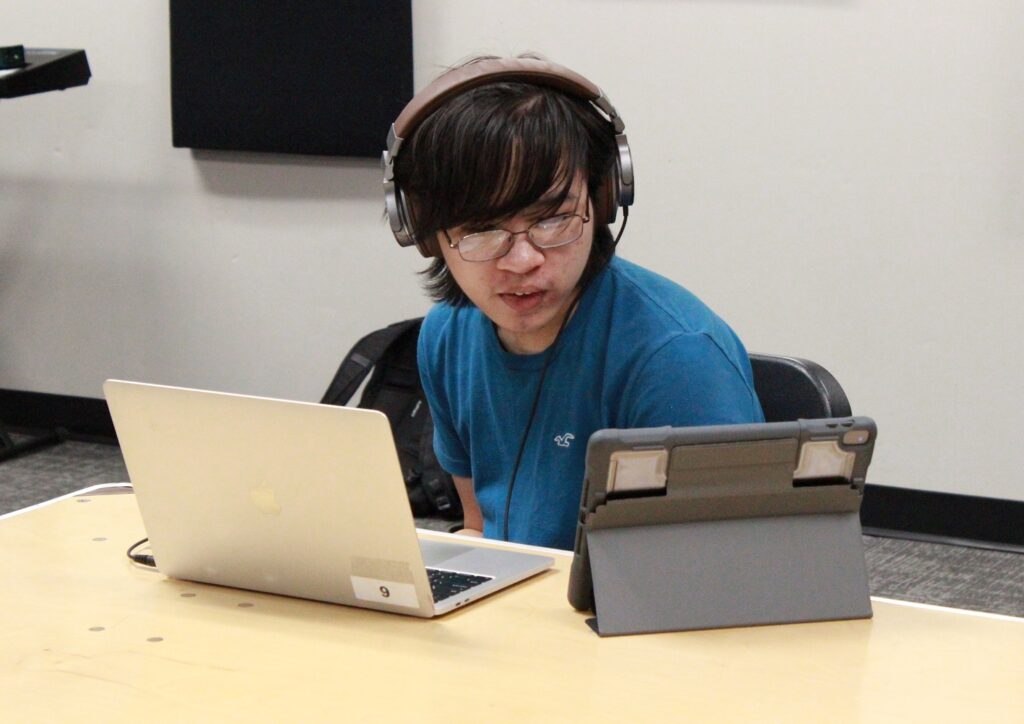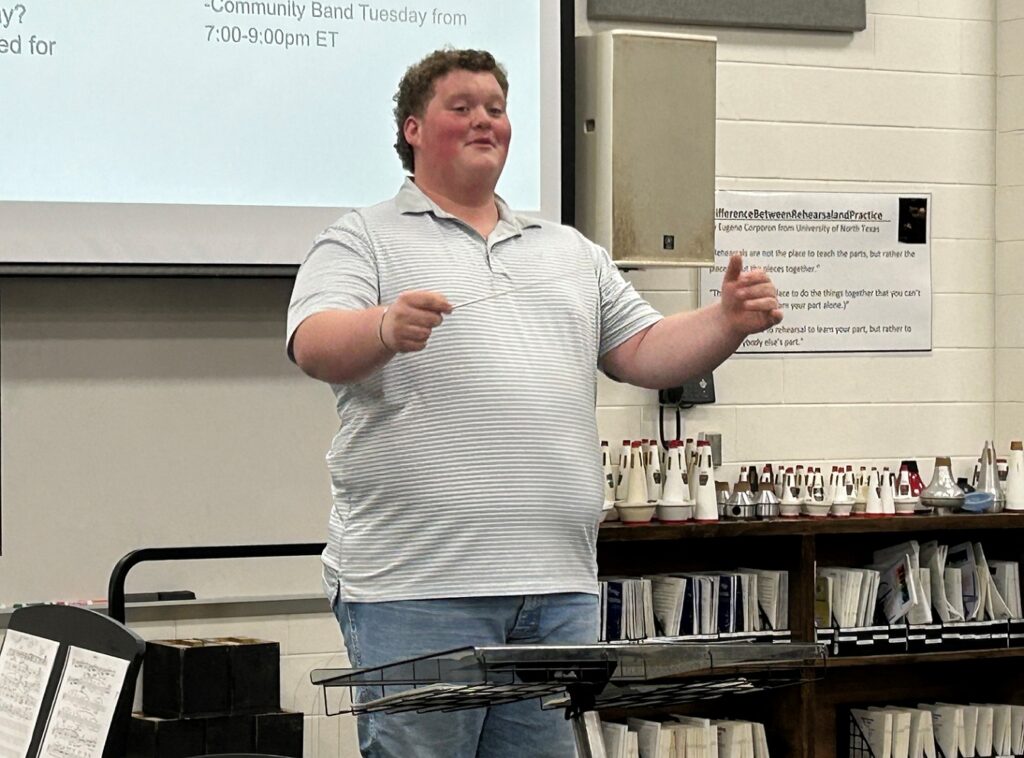Tagged Under:
Teaching Music in High-Need Schools: Sustainability
In the 7th and final part of this series, we look at facing the challenge of sustaining music programs, particularly in Title I schools.
As we have discussed throughout this series, music programs in high-need schools serve as anchors for creativity, discipline, community, collaboration and musical excellence. We also know that resource allocations and student demographics continue to shift, so sustaining these programs is a challenge. Music education at its core is about fostering creativity and strategic thinking. In the final article of this series, I urge all music educators to prioritize sustainability in all music programs, particularly within high-need schools. Please consider the following best practices as we highlight indicators that ensure music program longevity and sustained success.

Be Adaptable
One thing we know is that change is constant. Rather than be in a position where we must react to changes in our school, administration, students or larger community, we should watch trends and plan for numerous combinations of possible futures. By educating ourselves on the social, political and economic factors that directly impact our schools, we can become proactive and use these shifts to sustain our programs. By posting open forums to community stakeholders, offering listening sessions for our colleagues and parents, and elevating student voices within the organization, we can help our programs move forward even in times of change and uncertainty.
I have recently seen music programs create their own governing boards, create succession plans and develop resources for emergency operations all in order to “future-proof” the organization. Seth Pendergast explores the structural, interpersonal and intrapersonal factors that can contribute to program sustainability in his article “Understanding Participation in Secondary Music Classes: A Literature Review.” These and other strategies can help music teachers feel confident that when they leave their program, there is a blueprint in place for future teachers to access for continued success.
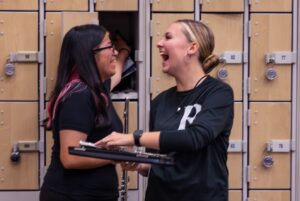
Empower Students
Though I credit much of my initial professional development to my alma mater, Florida A&M University, it was actually in various leadership positions while in high school at Columbia High School in the metro Atlanta area where my spark for teaching was first ignited. Every time we approach the podium, we have the opportunity to empower our students to lead in numerous ways. Whether it was serving on committees for different aspects of the program, leading rehearsals and conducting at concerts, or developing our motto or mission statement, my high school and college directors prioritized placing us at the center of the operations of the program. That’s why I tried to do the same with my students. We never know how those experiences can change students and spark their interest in someday becoming a music teacher. National Association for Music Education (NAfME) recently released “A Blueprint for Strengthening the Music Teaching Profession,” which details the major phases of music teacher recruitment, training, placement and support throughout the early years of working in the profession. We as teachers stand in a critical position to inspire the next generation of music teachers.
Another vital aspect of student empowerment comes through engaging in our own continuous improvement. When we listen, have discussions with our students and use their feedback to lead substantive change, we show how much we value them not only as musicians, but as people. These interactions serve as the foundation for effective peer-to-peer learning and authentic approaches to program improvement that can increase engagement and enhance student achievement.

Exceed Expectations
One of the goals I had for myself as a K-12 teacher (and it remains a goal for me) was to always “over-deliver” and exceed the expectations of our community stakeholders. I would take time each year to assess my program, see how we were excelling, and research what other programs in our district and around the country were doing that we could incorporate. Then, I would share my ideas with my students and parents so that they could see what the next level of success could look like for us, so long as we were willing to work for it as a collective. My students and parents would sometimes show me what other local programs were doing or places they were going, and we would work together to create vision boards and discuss how we could pursue and achieve it.
Having buy-in from the community and school administration, along with equity among students and parents through shared decision-making, can help to fuel even greater success. I believe that my students and parents always had their sights set on what was next, and this energized me to continue to strive for the highest in musical excellence.
_____________________________
Sustainability is not merely a goal, but a journey toward ensuring that music programs in high-need schools thrive and enrich the lives of students for generations to come. Throughout this series, I have attempted to highlight best practices in recruitment, retention, fundraising, teaching, learning, musicianship, access, diversity and community building. I know that each of our schools can create vibrant and inclusive music programs that adapt to change, empower students and exceed even our highest expectations for success all while instilling a lifelong love for music in our students. Let us commit ourselves to sustainability through our work as music educators as we continue to mold minds, move hearts and change lives.
Read part 1 of this series on recruitment.
Read part 2 of this series on rapport.
Read part 3 of this series on defining success.
Read part 4 of this series on best practices.









